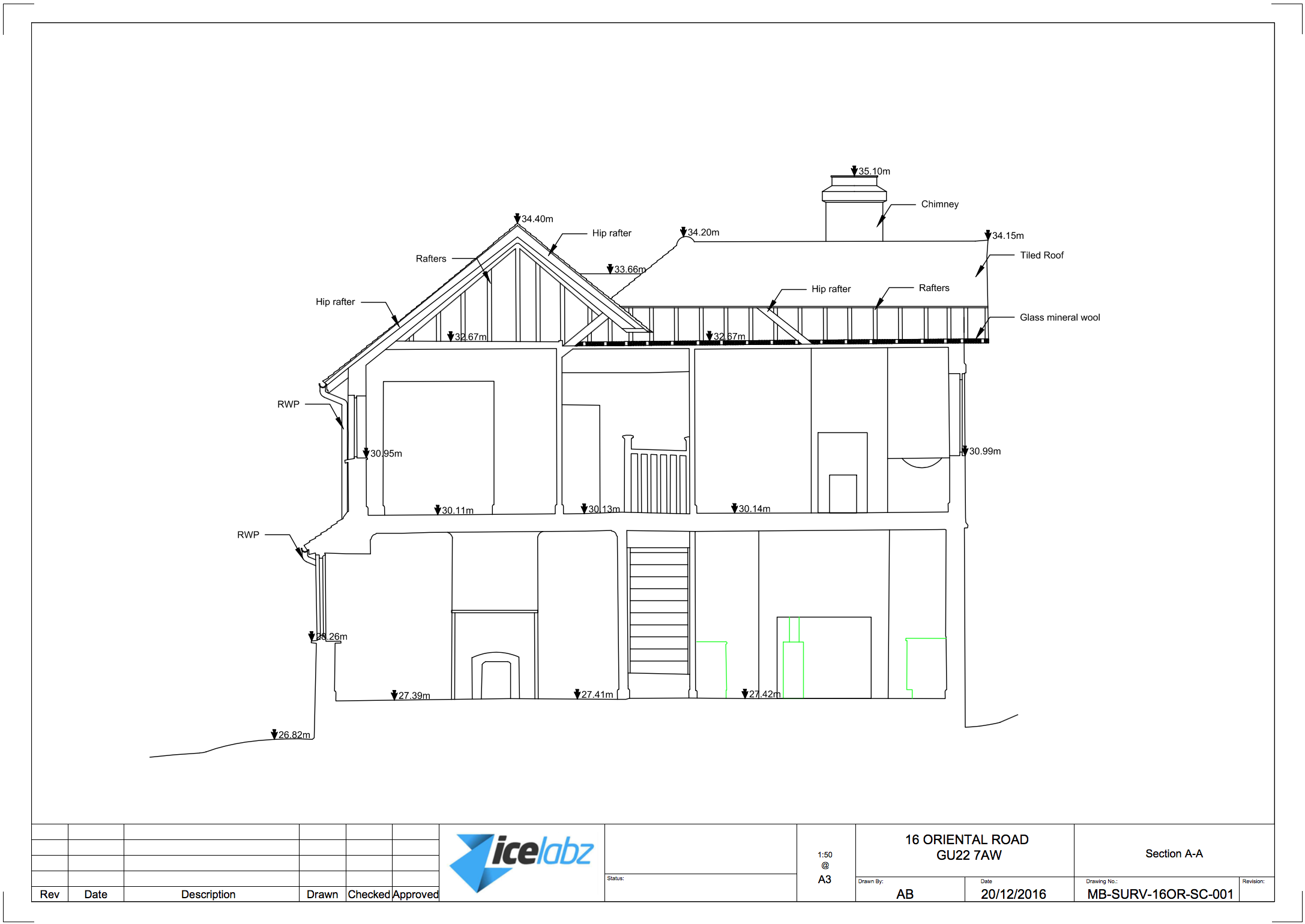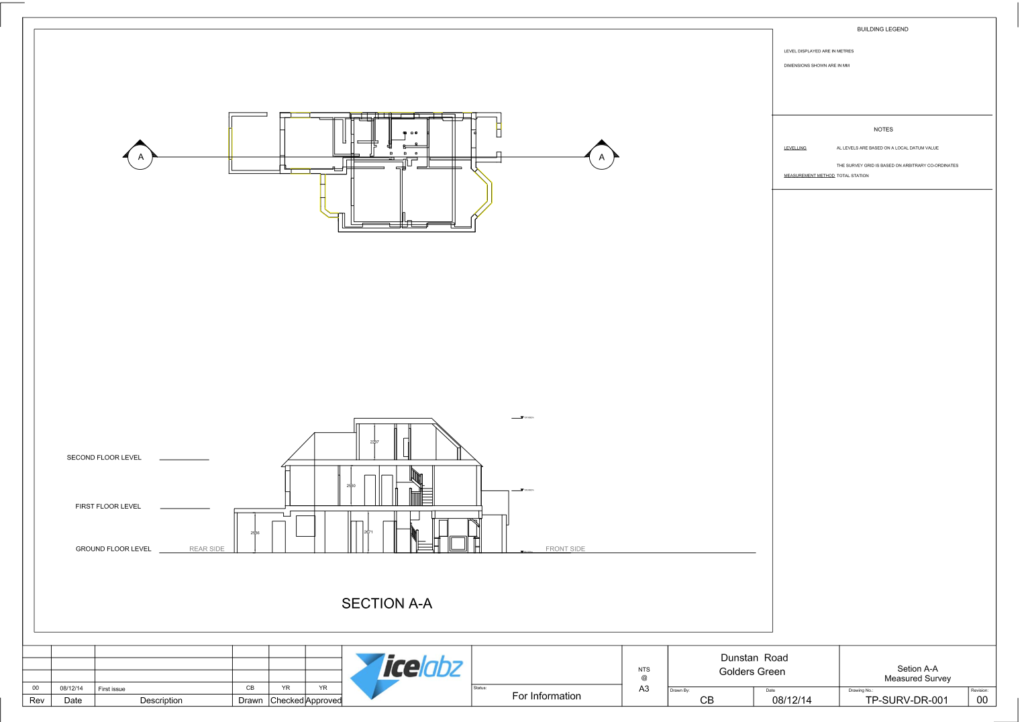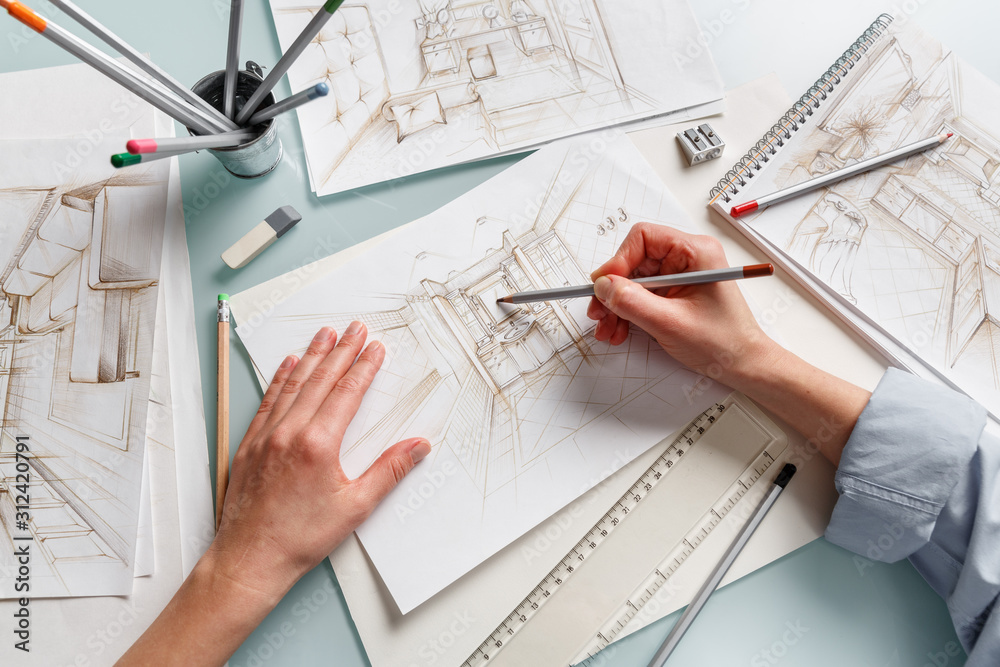Loft conversions are a great way to add more space to your home, but before you start, it’s essential to consider the various aspects involved, including planning permission, structural changes, and design and building regulations. According to a study by the National House-Building Council (NHBC), over 50,000 loft conversions take place every year in the UK alone (1). Planning permission is often required for these types of conversions, but there are exceptions. For example, if you’re adding a dormer or skylight to your loft conversion, you may not need planning permission (2).
Planning Permission and Architectural Support
Unless you plan to extend your loft conversion itself, you don’t need an architect to help you draw up your plans. In fact, the UK government states that architects are not required to provide their services for this type of conversion (3). However, if you’re planning to make significant changes to your loft conversion, such as adding a dormer or skylight, it’s highly recommended to consult with an architect or building surveyor to ensure compliance with building regulations and planning permission requirements (4).
Moreover, research by the British Institute of Decorative Arts (BIDA) highlights the importance of considering building regulations when planning a loft conversion. The study notes that many homeowners underestimate the complexity of building regulations and the potential risks associated with non-compliance (5). By working with a professional, you can ensure that your loft conversion meets all necessary regulations and avoids costly delays or fines.
Ultimately, if you’re thinking of making changes to your loft conversion, it’s best to consult with an architect or building surveyor before you begin any work. This will enable you to ensure that all aspects of planning permission and building regulations are taken into account, thereby minimizing the risk of errors or unforeseen consequences.
If there is no possibility of extending the roof, you can apply for planning portal and get your application approved.
Planning permission for loft conversions is usually obtained through an architect or building surveyor to ensure all aspects of planning regulations are considered. This avoids potential issues later on. According to the UK’s Planning Portal, if the roof cannot be extended, the application can be submitted through the portal, which is a government site that provides information on building permits and extension applications.
If you want to build an extension on the top of your house, there are certain rules and regulations that will apply.
Building an extension on the top of a house comes with specific regulations that must be adhered to. In the UK, these rules are governed by the National Planning Policy Framework, which aims to ensure that development is consistent with national policy. The government’s Planning Portal website provides guidance on applying for planning permission and creating extension applications, helping individuals gather all necessary information before submitting their application.
This is where the planning portal comes into play. The planning portal is a government site where you can find information about building permits and creating applications for extensions.
The UK’s Planning Portal is a valuable resource for individuals looking to make changes to their property. The portal provides comprehensive information on building permits, planning permission, and extension applications, making it easier for individuals to navigate the planning process. According to the UK Government’s official guidance, the portal can help applicants gather all the necessary information before submitting their application to the local council or county council.
Your application may include:
A clear plan of what type of extension you want to build, showing its design from the front, side, and back of your property to comply with local authority guidelines. It is recommended that the plan is created by an architect or builder with experience in loft conversions, as they can help improve the design to better suit your needs. This is crucial to ensure the extension complies with local authority guidelines and building regulations.
Planning Permission Requirements:
Obtaining planning permission is typically necessary when you’re undertaking structural changes to an existing building or extending a property in an area with specific planning controls. If you need a planning permission and structural change, it’s highly recommended to consult with an architect, who can provide expert guidance on the design process and help you comply with local regulations and standards.
Role of an Architect:
An architect plays a vital role in the planning permission and structual change. They can provide valuable assistance with:
If you need a planning permission and structural change, you will need an architect to help you design, get the planning permission, and obtain the necessary build regulations. An architect will be involved in the whole process from start to finish, guiding you through the complex application process. They can help with designing the loft conversion by reviewing your house plans before commencing work. This expert analysis ensures that the design is feasible and compliant with local building regulations, as well as obtaining necessary permits and approvals (National Planning Policy Framework, 2012).
An architect’s involvement in the project can help mitigate potential delays and costly revisions down the line. They will work closely with local authority planners to ensure that all necessary conditions are met, reducing the risk of rejection or delayed start dates. Additionally, an architect can provide expert advice on materials, budgeting, and other project-related issues, ensuring that the project stays on track (RIBA Plan of Work, 2019).
During the process, an architect will guide you through the complex interactions between your project and the local planning authority, minimizing the risk of errors or omissions. They will also identify potential issues and provide solutions to ensure a smooth transition from design to construction phase. By doing so, an architect can help ensure that your loft conversion is completed efficiently and effectively (Chartered Institute of Building, 2019).
Structural Engineer Assessment
A structural engineer will assess the existing roof structure to determine its capacity to support the additional load of the new floor space. They will also evaluate the headroom and required height to ensure that the design is feasible and compliant with building regulations. This expert analysis will identify potential weaknesses or constraints, allowing the architect and builder to make informed decisions and design adjustments as needed (Structural Engineering for Small Buildings, 2019).
By working together with an architect and structural engineer, you can ensure that your loft conversion is not only aesthetically pleasing but also safe, efficient, and cost-effective. This collaborative approach will minimize delays, reduce costs, and ensure that your project stays on track from design to completion.
When it comes to adding an additional floor to your home, it’s essential to ensure that the existing roof structure can support the weight. A structural engineer will need to inspect the roof to guarantee that it can support the new floor, taking into account local building regulations and safety compliance.
A Party Wall Survey: A Mandatory Requirement
A party wall surveyor is another crucial step in the process, which is a legal requirement if you have an adjoining neighbour. A party wall surveyor will evaluate your property lines, search for defects in the neighbouring property, and verify that there are no hidden party walls that require protection.
Design and Planning Approval: An Optional Yet Crucial Step
While hiring an architect can be beneficial, it’s not always necessary. Architects can provide expert design advice and produce detailed drawings for planning permission and submission to building regulations. Building designers, however, offer more affordable options, producing suitable drawings for these purposes as well.
Choosing the Right Professional for Your Project
When planning a new building or renovation, it’s essential to understand the differences between various professionals, including architects and building designers. Choosing the right professional can significantly impact the project’s success.
A building designer, also known as an architectural technician, is a qualified professional who produces drawings suitable for planning permission and submission with Building Regulations. Their fees are generally lower than those of architects, but they still require registration with the Chartered Institute of Architectural Technologists to ensure they meet the required standards.
Architects, on the other hand, have more years of training and experience, which translates to higher fees but also greater expertise in providing designs suitable for planning permission. Architects are also more likely to provide designs that meet the specific needs of your lifestyle and requirements.
A key consideration when choosing between an architect and a building designer is your project’s complexity and budget. Architects are more expensive due to their extensive training and experience, but they offer a higher level of design expertise and can provide designs that are more likely to meet planning permission requirements.
In contrast, building designers are more cost-effective, but their designs may not be as sophisticated or tailored to your specific needs.
Ultimately, selecting the right professional for your project requires careful consideration of your needs and budget. By understanding the differences between architects and building designers, you can make an informed decision and ensure your project is completed successfully and within your means.
The Importance of Qualifications and Registration
To ensure you’re hiring a qualified professional, look for architects or building designers registered with the Chartered Institute of Architectural Technologists. This registration guarantees that the individual has met the required standards of training and experience.
A building designer or architectural technician registered with the CIAT has demonstrated a level of expertise and commitment to their profession. They have met the required standards of training and experience, which ensures they can provide high-quality designs and services.
When hiring a professional, always verify their registration and qualifications to ensure you’re working with someone who meets the necessary standards.
Conclusion
Choosing the right professional for your project requires careful consideration of your needs, budget, and the differences between architects and building designers. By understanding the key differences and verifying a professional’s qualifications and registration, you can ensure your project is completed successfully and within your means.
By selecting the right professional for your project, you can ensure a successful outcome and create a building that meets your specific needs and requirements.
Remember to verify a professional’s qualifications and registration before hiring them, and don’t hesitate to seek advice from a qualified expert if needed.
References
(1) Chartered Institute of Architectural Technologists. (2022). What is a Building Designer? Retrieved from
(2) Chartered Institute of Architectural Technologists. (2022). Architects vs. Building Designers: What’s the Difference? Retrieved from
(3) Royal Institute of British Architects. (2022). What is an Architect? Retrieved from
(4) National House-Building Council. (2022). Choosing the Right Professional for Your Project. Retrieved from
(5) Chartered Institute of Architectural Technologists. (2022). What Does it Mean to be Registered with the CIAT? Retrieved from
(6) Chartered Institute of Architectural Technologists. (2022). Benefits of Being a Registered Architectural Technician. Retrieved from
Experienced building designers and technicians typically possess many years of industry experience, enabling them to create designs that meet local planning regulations. They can also provide valuable insights on the suitability of various materials for specific construction projects.
Before starting any loft conversion project, it is essential to have a clear understanding of who will provide all the necessary plans and approvals.
Although it is not mandatory to use an architect for a loft conversion, as mentioned by the UK Government’s website, it can significantly simplify the process and minimize potential errors. Before commencing your loft conversion project, it is crucial to be aware of who will be responsible for providing the necessary plans and approvals.
In most cases, if you are only undertaking minor modifications, such as adding insulation or installing new windows, an architect’s services may not be required. However, if you plan to extend the roof space by more than 50% of its existing floor area or carry out structural changes, such as opening up walls or removing floors, you will need to obtain planning permission from your local council’s planning department, as noted by the Planning Portal.
Conclusion
For minor undertakings such as adding insulation or installing new windows, amateur architects are not always required. However, any project that involves extending the roof space by more than 50% of its existing floor area or making significant structural changes, necessitates planning permission from one’s local council’s planning department.
Conclusion
If you’re willing to take on the project independently, numerous online guides and books provide instructions on how to do so. Nonetheless, engaging the services of a skilled architect experienced in loft conversions is highly recommended, as they can ensure a successful and stress-free project.
Minimizing Planning Requirements
For less complex undertakings, such as adding insulation or installing new windows, the need for an architect diminishes. However, any significant alteration to the building, such as opening up walls or removing floors, necessitates professional assistance.
Expert Advice for a Successful Conversion
While undertaking the conversion yourself is a viable option, it’s advisable to consult guidebooks or online tutorials for comprehensive guidance. Hiring a skilled professional experienced in loft conversions ensures the execution of the project efficiently and minimizes the risk of complications.
Conclusion
The depth of conversion necessities can vary significantly, ranging from relatively minor renovations to extensive projects requiring substantial structural adjustments.





